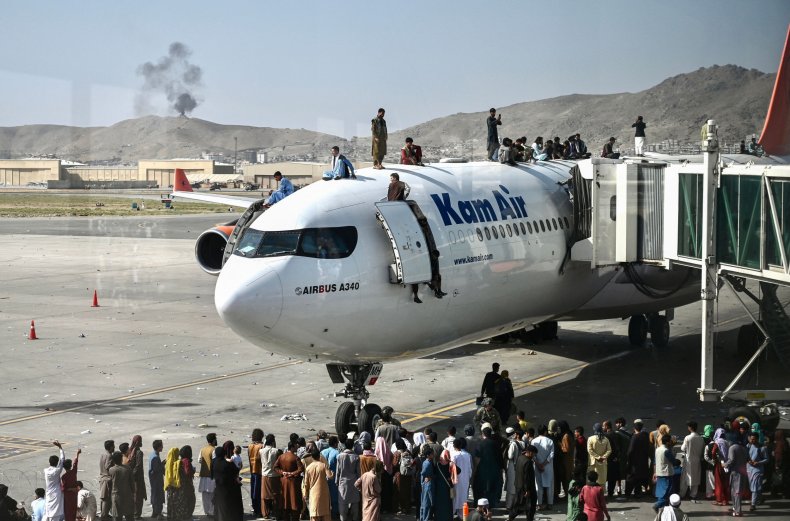How Much Did the War in Afghanistan Cost?
The Taliban's swift takeover of Afghanistan has brought the 20-year campaign to transform the nation to a dramatic end.
But exactly how much has America's longest war cost Americans?
As of April, the U.S. has spent $2.261 trillion on the war in Afghanistan, according to the Costs of War project housed at Brown University's Watson Institute and Boston University's Pardee Center.
Around half of the costs went on operations in both Afghanistan and neighboring Pakistan, while around $296 billion went towards veterans' care. But around $530 billion of the total cost so far went towards estimated interest payments on war borrowing.
The total cost of the war does not include what the U.S. government is obligated to spend on lifetime care for U.S. veterans.
Linda Bilmes, a professor at Harvard University's Kennedy School, estimates the long-term costs of providing veterans who served in Afghanistan and Iraq with medical care and disability benefits could end up costing the U.S. government between $2.2 trillion and $2.5 trillion.
"That's a conservative number," she told Newsweek. "That's gone up a lot because of the extremely high level of disabling conditions, as well as some other reasons."

And because the U.S. borrowed most of the money to pay for the war, generations of Americans will also be burdened by the cost of paying it off.
Unless the U.S. changes the way it pays for the post-9/11 wars in Afghanistan and Iraq, the Costs of War project estimates interest payments on existing war debt would exceed $8 trillion by the 2050s.
"The expense of war is not restricted to the annual budgetary costs of the war spending itself, but also depends upon the way in which war is financed," Boston University's Heidi Peltier explained in a paper for the project.
"When war is financed through debt, the costs are much greater than when it is financed through taxation or other revenues since interest payments must be made as long as the debt is outstanding. In fact, interest payments can sometimes grow to beyond the level of the debt itself, as will likely be the case with the post-9/11 wars."
She added: "Even if the United States were to stop incurring any new war-related expenses as of today, the U.S. would continue to make interest payments on war debt well into the future."
Peltier also explained how the level of borrowing to pay for the post-9/11 wars has been unique. Previous American wars have been funded at least partly through revenue raised by war bonds and direct taxes, she wrote.
Update 8/16/2021, 12 p.m. ET: This article has been updated with comment from Linda Bilmes.

